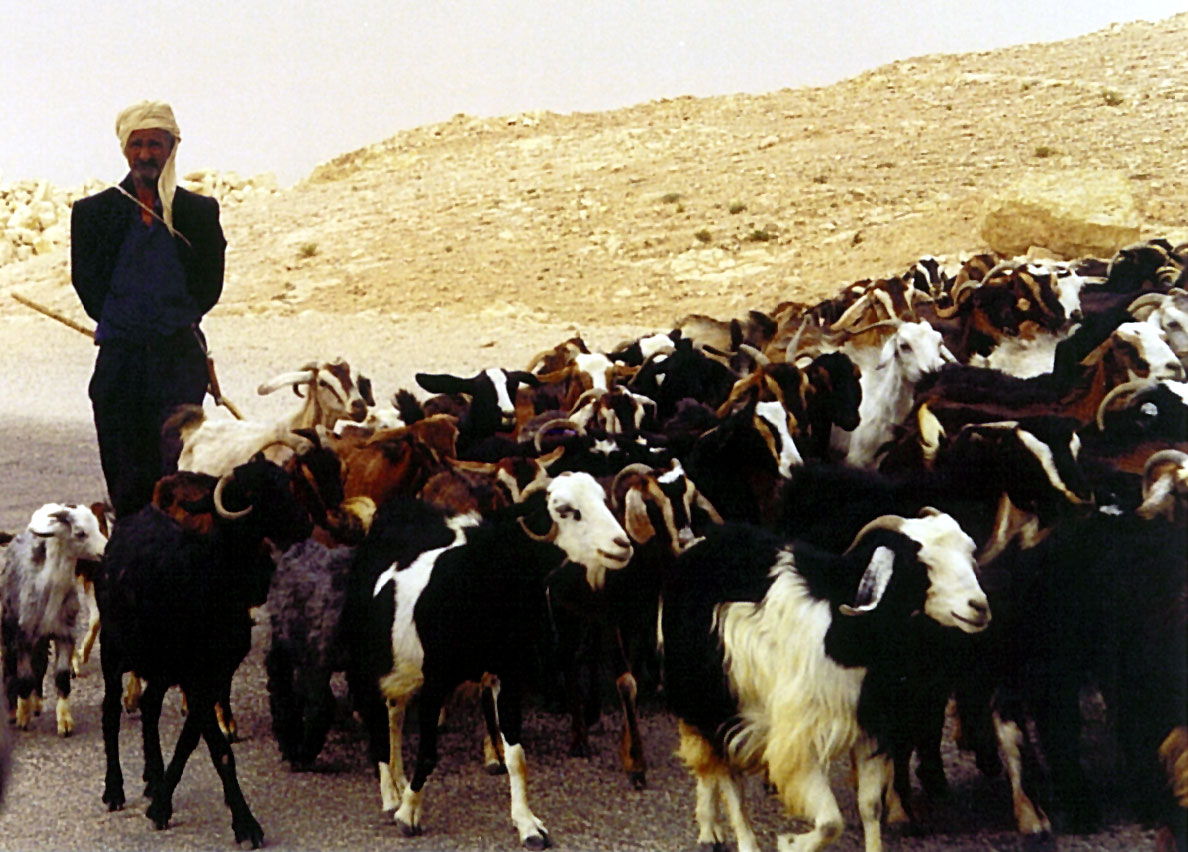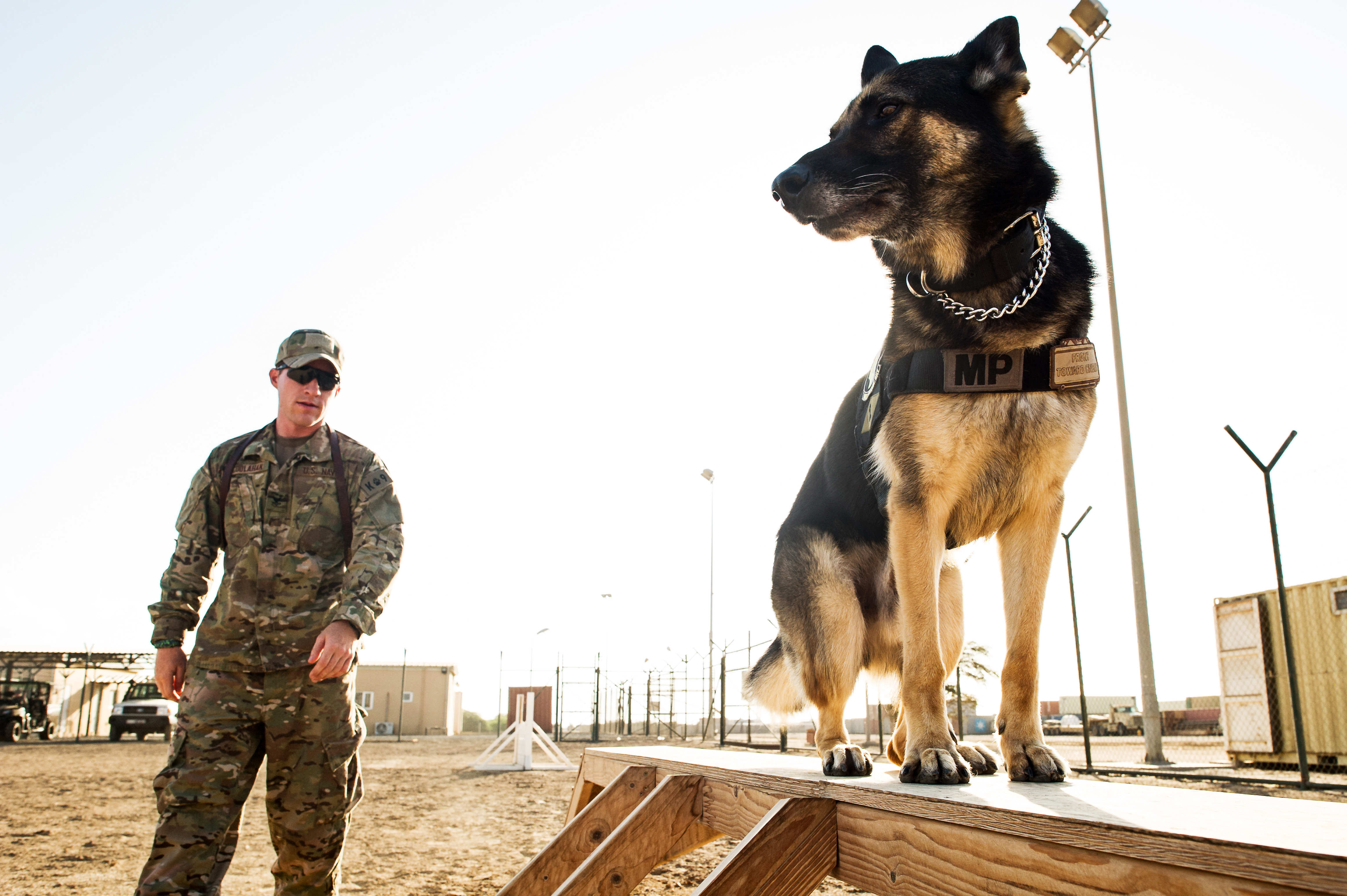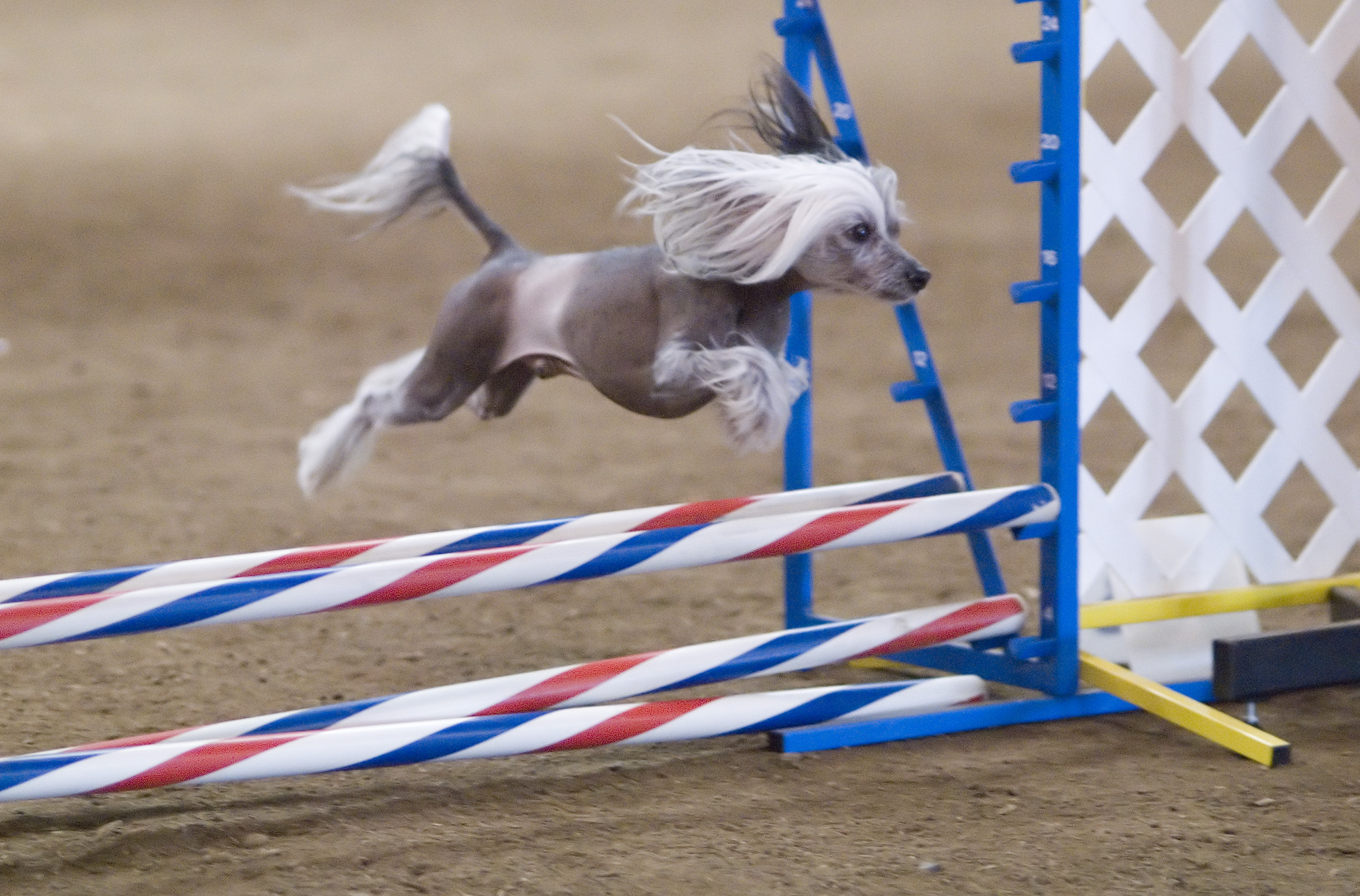|
Cão De Fila De São Miguel
The Saint Miguel Cattle Dog ( pt, cão fila de São Miguel , literally ' catch dog of São Miguel') is a dog breed of mastiff type originating on São Miguel Island in the Azores, an island chain which is one of the autonomous regions of Portugal. The breed was originally used as a herding dog for working with cattle. Appearance The breed is large but not over-sized; up to a maximum of 60 cm (23.6 ins) at the withers and 35 kg (77 lbs) in weight, with females slightly smaller. The general appearance is of a normally proportioned, deep chested, muscular dog with a broad head and medium length neck, straight back, and long legs. The tail is held up and is slightly curved. The breed has drop ears, unless they are cropped. The coat is a brindle of brown (pale brown is described as fawn) or grey, with black; it is short, smooth and harsh to the touch, with a short fringe on the tail (if undocked) and on the backs of the rear legs. History The breed origina ... [...More Info...] [...Related Items...] OR: [Wikipedia] [Google] [Baidu] |
São Miguel Island
São Miguel Island (; Portuguese language, Portuguese for "Saint Michael"), nicknamed "The Green Island" (''Ilha Verde''), is the largest and most populous island in the Portugal, Portuguese archipelago of the Azores. The island covers and has around 140,000 inhabitants, with 45,000 people residing in Ponta Delgada, the archipelago's largest city. History In 1427, São Miguel became the second of the islands discovered by Gonçalo Velho Cabral to be settled by colonists from continental Portugal. This date is uncertain, as it is believed that the island was discovered between 1426 and 1437 and inscribed in portolans from the middle of the 15th century. Its discovery was later recorded by Priesthood (Catholic Church), Father Gaspar Frutuoso in the seminal history of the Azores, ''Saudades da Terra'', as he began: "This island of São Miguel where...we are, is mountainous and covered in ravines, and it was, when we discovered it, covered in trees...due to its humidity, with its ... [...More Info...] [...Related Items...] OR: [Wikipedia] [Google] [Baidu] |
Brindle
Brindle is a coat (animal), coat coloring pattern in animals, particularly dogs, cattle, guinea pigs, Cat, cats, and, rarely, horses. It is sometimes described as "tiger-striped", although the brindle pattern is more subtle than that of a tiger's coat. Brindle typically appears as black stripes on a red base. The stripes are eumelanin (black/brown pigment) and the base is phaeomelanin (red/yellow pigment), so the appearance of those pigments can be changed by any of the genes which usually affect them. * Eumelanin (the pigment making up the stripes) can be affected by: merle (and harlequin), liver, dilution, greying, and recessive red. * Phaeomelanin (the pigment making up the base) can be affected by: Intensity locus. And of course, white markings and ticking can occur on any brindle dog. Brindle is caused by a complex gene process and is technically a form of mosaicism, where some cells express one allele (KB) and other cells express a different allele (ky), a little like t ... [...More Info...] [...Related Items...] OR: [Wikipedia] [Google] [Baidu] |
Herding
Herding is the act of bringing individual animals together into a group (herd), maintaining the group, and moving the group from place to place—or any combination of those. Herding can refer either to the process of animals forming herds in the wild, or to human intervention forming herds for some purpose. While the layperson uses the term "herding" to describe this human intervention, most individuals involved in the process term it mustering, "working stock", or droving. Some animals instinctively gather together as a herd. A group of animals fleeing a predator will demonstrate herd behavior for protection; while some predators, such as wolves and dogs have instinctive herding abilities derived from primitive hunting instincts. Instincts in herding dogs and trainability can be measured at noncompetitive herding tests. Dogs exhibiting basic herding instincts can be trained to aid in herding and to compete in herding and stock dog trials. Sperm whales have also been observe ... [...More Info...] [...Related Items...] OR: [Wikipedia] [Google] [Baidu] |
Herding
Herding is the act of bringing individual animals together into a group (herd), maintaining the group, and moving the group from place to place—or any combination of those. Herding can refer either to the process of animals forming herds in the wild, or to human intervention forming herds for some purpose. While the layperson uses the term "herding" to describe this human intervention, most individuals involved in the process term it mustering, "working stock", or droving. Some animals instinctively gather together as a herd. A group of animals fleeing a predator will demonstrate herd behavior for protection; while some predators, such as wolves and dogs have instinctive herding abilities derived from primitive hunting instincts. Instincts in herding dogs and trainability can be measured at noncompetitive herding tests. Dogs exhibiting basic herding instincts can be trained to aid in herding and to compete in herding and stock dog trials. Sperm whales have also been observe ... [...More Info...] [...Related Items...] OR: [Wikipedia] [Google] [Baidu] |
Tracking (dog)
Tracking refers to a dog's ability to detect, recognize and follow a specific scent. Possessing heightened olfactory abilities, dogs, especially scent hounds, are able to detect, track and locate the source of certain odours.Hepper, P. G., & Wells, D. L. (2005). How many footsteps do dogs need to determine the direction of an odour trail?. Chemical Senses, 30(4), 291–298. A deeper understanding of the physiological mechanisms and the phases involved in canine scent tracking has allowed humans to utilize this animal behaviour in a variety of professions. Through domestication and the human application of dog behaviour, different methods and influential factors on tracking ability have been discovered. While tracking was once considered a predatory technique of dogs in the wild, it has now become widely used by humans. Physiological mechanisms According to zoosemiotics animal communication involves an exchange of information between a sender and a receiver through a transfer of ... [...More Info...] [...Related Items...] OR: [Wikipedia] [Google] [Baidu] |
Flyball
Flyball is a dog sport in which teams of dogs race against each other from the start to the finish line, over a line of hurdles, to a box that releases a tennis ball to be caught when the dog presses the spring-loaded pad, then back to their handlers while carrying the ball. Flyball is run in teams of four dogs, as a relay. The course consists of four hurdles placed 10 feet (3 m) apart from each other, with the starting line six feet (1.8 m) from the first hurdle, and the flyball box 15 feet (4.5 m) after the last one, making for a 51-foot (15.5 m) length. The hurdle height is determined by the ulna's length or the smallest dog's shoulder height on the team (depending on the association). For example, under current North American Flyball Association (NAFA) rules, this should be 5 inches (12.7 cm) below the withers height of the smallest dog, to a height of no less than 7 inches (17.8 cm) and no greater than 14 inches (35.6 cm). United Kingdom Flyba ... [...More Info...] [...Related Items...] OR: [Wikipedia] [Google] [Baidu] |
Obedience Training
Dog training is the application of behavior analysis which uses the environmental events of antecedents (trigger for a behavior) and consequences to modify the dog behavior, either for it to assist in specific activities or undertake particular tasks, or for it to participate effectively in contemporary domestic life. While training dogs for specific roles dates back to Roman times at least, the training of dogs to be compatible household pets developed with suburbanization in the 1950s. A dog learns from interactions it has with its environment. This can be through classical conditioning, where it forms an association between two stimuli; non-associative learning, where its behavior is modified through habituation or sensitisation; and operant conditioning, where it forms an association between an antecedent and its consequence. There are a variety of established methods of animal training, each with its adherents and critics. Some of the better known dog training procedures i ... [...More Info...] [...Related Items...] OR: [Wikipedia] [Google] [Baidu] |
Dog Agility
Dog agility is a dog sport in which a handler directs a dog through an obstacle course in a race for both time and accuracy. Dogs run off leash with no food or toys as incentives, and the handler can touch neither dog nor obstacles. The handler's controls are limited to voice, movement, and various body signals, requiring exceptional training of the animal and coordination of the handler. An agility course consists of a set of standard obstacles laid out by a judge in a design of their own choosing in an area of a specified size. The surface may be of grass, dirt, rubber, or special matting. Depending on the type of competition, the obstacles may be marked with numbers indicating the order in which they must be completed. Courses are complicated enough that a dog could not complete them correctly without human direction. In competition, the handler must assess the course, decide on handling strategies, and direct the dog through the course, with precision and speed equally impo ... [...More Info...] [...Related Items...] OR: [Wikipedia] [Google] [Baidu] |
Working Dog
A working dog is a dog used to perform practical tasks, as opposed to pet or companion dogs. Definitions vary on what a working dog is, they are sometimes described as any dog trained for and employed in meaningful work; other times as any dog whose breed heritage or physical characteristics lend itself to working irrespective of an individual animal's training or employment; and other times again it is used as a synonym for herding dog. Working dog types Roles performed by dogs that sometimes sees them classified as working dogs include: * Assistance dog trained to help a disabled person in some way, such as guiding a visually impaired person, opening doors or alerting to a ringing phone. * Carriage dog historically used to provide protection to carriage passengers or merchandise * Detection dog or sniffer dog, trained to detect for example drugs or land mines. * Draught dog traditionally used to pull dog carts * Guard dog used to protect buildings or livestock * Guide do ... [...More Info...] [...Related Items...] OR: [Wikipedia] [Google] [Baidu] |
Rare Breed (dog)
A dog breed is a particular strain of dog that was purposefully bred by humans to perform specific tasks, such as herding, hunting, and guarding. Dogs are the most variable mammal on Earth, with artificial selection producing around 450 globally recognized breeds. These breeds possess distinct traits related to morphology, which include body size, skull shape, tail phenotype, fur type, body shape, and coat colour. Their behavioral traits include guarding, herding, and hunting, and personality traits such as hyper-social behavior, boldness, and aggression. Most breeds were derived from small numbers of founders within the last 200 years. As a result, today dogs are the most abundant carnivore species and are dispersed around the world. A dog breed will consistently produce the physical traits, movement and temperament that were developed over decades of selective breeding. For each breed they recognize, kennel clubs and breed registries usually maintain and publish a breed sta ... [...More Info...] [...Related Items...] OR: [Wikipedia] [Google] [Baidu] |
Fédération Cynologique Internationale
The Fédération cynologique internationale (FCI) (English: International Canine Federation) is the largest international federation of national kennel clubs. It is based in Thuin, Belgium. History The FCI was founded in 1911 under the auspices of the kennel clubs of Austria, Belgium, France, Germany and the Netherlands, its objective was to bring global uniformity to the breeding, exhibiting and judging of pure-bred dogs. It was disbanded in World War I and recreated in 1921 by Belgium and France. Since its foundation the FCI's membership has grown to include kennel clubs from across Europe as well as Africa, the Americas, Asia and Oceania. The official purebred registries in North America that are not members or contract partners of FCI include the American Kennel Club (AKC), Canadian Kennel Club (CKC) and United Kennel Club (UKC), and in Europe, The Kennel Club (TKC). According to AKC's Denise Flaim, crafting a workable standard is a challenge, and the "FCI standards typical ... [...More Info...] [...Related Items...] OR: [Wikipedia] [Google] [Baidu] |
Terceira Island
Terceira () is a volcanic island in the Azores archipelago, in the middle of the North Atlantic Ocean. It is one of the larger islands of the archipelago, with a population of 53,311 inhabitants in an area of approximately . It is the location of the Azores' oldest city, Angra do Heroísmo, the historical capital of the archipelago and UNESCO World Heritage Site; the seat of the judicial system (Supreme Court); and the main Air Force base, Lajes Field, Base Aérea nº 4 at Lajes, with a United States Air Force detachment. The island has two main sea ports, one at Angra do Heroísmo and the other at Praia da Vitória, and a commercial airport integrated with the flight operations at Lajes Field, Base Aérea nº 4. The Portuguese bullfight is popular on the island, coming in two variations: the traditional equestrian bullfight (in the ring) and the popular "touradas à corda" that occur in the streets. History In 1439, the first official discovery document appeared, attributi ... [...More Info...] [...Related Items...] OR: [Wikipedia] [Google] [Baidu] |








